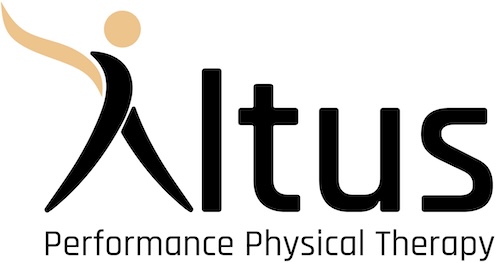Welcoming a newborn is life-changing. Your body just went through an incredible array of physical and hormonal changes to create this life. Now as you work to feed and nurture this small being, the changes do not stop. Research shows it can take minimum of 6 months but up to over 12 months to experience hormonal recovery, even longer if continuing to breastfeed. Physical recovery can take anywhere from 6-12 months, and mental health is incredibly variable from person to person and situation to situation.
And now more than ever, it is important you also find the time to take care of your body. I am a firm believer that you cannot fill from an empty cup.
Let’s explore the science of how your body changes with birth, so that we can make better sense of the necessity of exercising and moving your body *appropriately*.
The Changing Postpartum Body
Pregnancy and birth transform your body in profound ways:
- Abdominal muscles stretch up to ~115% by week 38 of pregnancy
- The pelvic floor may stretch up to 250% during childbirth
- These changes often contribute to issues like urinary leakage, abdominal separation, and pelvic pain —which many women, and even their own doctors, mistakenly assume they’re just “normal” parts of child birthing.
Why Physical Therapy Matters
Returning to exercise should be done methodically and carefully, preferably under the guidance of a clinician specifically trained in post-natal care. This especially goes for women with complicated pregnancies or births, or with additional risk factors such as diabetes or cardiovascular disease.
Physical therapy can help with:
- Easing discomfort, accelerating healing of core & pelvic structures.
- Reducing common symptoms such as incontinence, back and pelvic pain, and abdominal separation.
- Improves mood, sleep, and weight control, reducing postpartum depression risk and bolstering overall fitness.
- Helps safely reintroduce strength training and impact exercises, supporting a stronger return to daily life or athlete-level activity.
A Science-Backed Rehab Timeline
Based on guidelines from the British Journal of Sports Medicine, the current recommended approach is the following. Please remember there is a HUGE caveat based on your fitness level pre-pregnancy, activity level during pregnancy, and nature of your delivery.
Consider whether your delivery was vaginal or C-section, did you tear, did you have pre-eclampsia or gestational diabetes, did you have multiples, were there other complications, how are you sleeping now? The list goes on. The takeaway is that all exercise and movement is HIGHLY individual and should be done both with these factors in mind AND based on you are feeling that day.
0-2 weeks: Gentle movement, diaphragmatic breathing, core/pelvic muscle awareness, very light walking
3-4 weeks: Build pelvic floor hold/release control, 10–15 min walking, basic exercises like bridges and pelvic tilts
5-6 weeks: Increase walking (20–30 min), functional hip/core work (sit-to-stands, clamshells), deeper pelvic floor holds
7-12 weeks: Continue walking, introduce short jogging intervals (~week 8), add strength training and impact prep as tolerated
13 weeks – 1+ year: Gradual return to full running/sports, with ongoing monitoring and progression
Key Rehab Priorities
- Core reconnection – Rebuild deep core and pelvic floor coordination with breath-aligned exercises, core contractions in various positions, and diaphragmatic movements.
- Pelvic floor rehab – Focus on timing, endurance, and relaxation.
- Strength-focused transitions – From open‑chain to closed‑chain exercises, moving toward impact-readiness, but only when cleared.
- Postural alignment – Address persistent postural strain from breastfeeding and baby-wearing.
Moving Forward: Your Personalized Postpartum Plan
- Medical clearance at ~6 weeks is just the start. Healing continues beyond that, and strength re-building takes quite a bit longer.
- Meet your body where it is. PTs help tailor load, duration, and intensity to your unique needs and goals.
- Be curious if something doesn’t feel right. Discomfort, leakage, heaviness, or bulging? These are all very normal symptoms of pelvic floor dysfunction and can be addressed with specific modifications and exercises.
- Empower yourself. With proper guidance, you’ll rediscover strength, stability, and the ability to reclaim not just your body—but your vibrant, empowered self.
Final Thoughts
Postpartum recovery is about reclaiming your body’s strength, resilience, and purpose. At Altus Performance Physical Therapy, we provide evidence-informed support so you can confidently begin to feel like yourself again, this time only stronger.
Sources:
https://pmc.ncbi.nlm.nih.gov/articles/PMC9528725/
https://pmc.ncbi.nlm.nih.gov/articles/PMC4134098/
